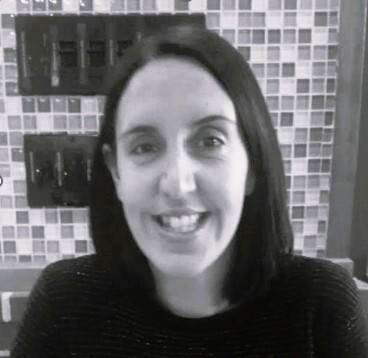In this blog, Rhiannon Wright, manager of our Evidence Community, reflects on the work of one of her community members Dr Lesley Deacon. Dr Deacon, a social worker and academic, has developed a model that supports practitioners to see themselves as researchers.
Background
Dr Deacon created the Facilitated Practice-based Research (FPR) model © Copyright University of Sunderland to help practitioners feel confident to be part of research about social care:
“It positions practitioners as researchers by reframing their existing skills as research. The key to this is making research make sense to practice by using practice language and temporarily moving aside research terminology.
Practitioners collaborate to reflect on practice issues, co-design and co-conduct a piece of group practice research. A practice report is co-constructed by the group, which is shared across all partners for immediate implementation into practice.” – Dr Lesley Deacon
The FPR model highlights that practitioners are experts in their fields, and that research shouldn’t only come from academics often removed from the realities of practice. One of the key benefits of this model is that it can have an immediate effect on practice because practitioners lead the way.
An FPR research project
A recent research project, ‘Working together in safeguarding’, used the FPR model to help social care practitioners carry out research on the theme of safeguarding. The focus was on understanding the perspectives of professionals who work with both child and adult social workers within the safeguarding arena. The aim was to find ways to improve working relationships between organisations, as well as creating better outcomes for people who access their services.
A total of 63 ‘partner professionals’ from 12 local authorities took part in the study. The term partner professionals refers to people who work across allied agencies such as education, health, housing, the police, probation, and the third sector. Everyone who took part was currently involved in safeguarding children or safeguarding adults’ procedures.
The project identified these potential research questions:
- How do partner professionals perceive and experience safeguarding of children and adults?
- How well do partner professionals feel they understand their own duties concerning safeguarding?
- How do partner professionals identify safeguarding risks and what do they look like in practice?
- What do partner professionals expect social work practitioners to do regarding safeguarding, and what is their experiences of them in practice?
- What has been helpful/supportive when engaging with social work practitioners in safeguarding?
Some key learning also came out of the project that can help social workers improve how they work with partner professionals:
two-way communication is essential - for example, keeping everyone updated on the progress of referrals and next steps
valuing each other - partner professionals described feeling undervalued or not respected by social workers
consistency is important - a high turnover of staff within social work can often result in different practitioners giving different advice
providing information in time - partner professionals said they don’t have enough time to read safeguarding reports before attending meetings.

“The project has changed how I communicate with other professionals. I now offer one afternoon a week where other professionals know that I’m free to talk to them and they can book time to discuss a case. I also make a conscious effort to check in with professionals to include them in decision making. This has encouraged more open communication and has been more effective in terms of time management.”
- Dean Stamp (a participant in the FPR project)
Reflecting on the project
These are just some of the benefits of the FPR model that were highlighted at a recent Evidence Community event:
- it can help practitioners reflect on their own practice and highlight challenges common to us all
- it can improve working relationships between social workers and partner agencies
- it creates common ground and encourages collaboration (for example, bringing practitioners from both children’s and adults’ services together)
- it encourages practitioners to think of themselves as researchers from the get-go
- it allows practitioners to apply their learning to their practice immediately.
“Having practitioner researchers is very relatable as they are not far removed from practice. I really liked that.” - participant at Evidence Community event.

